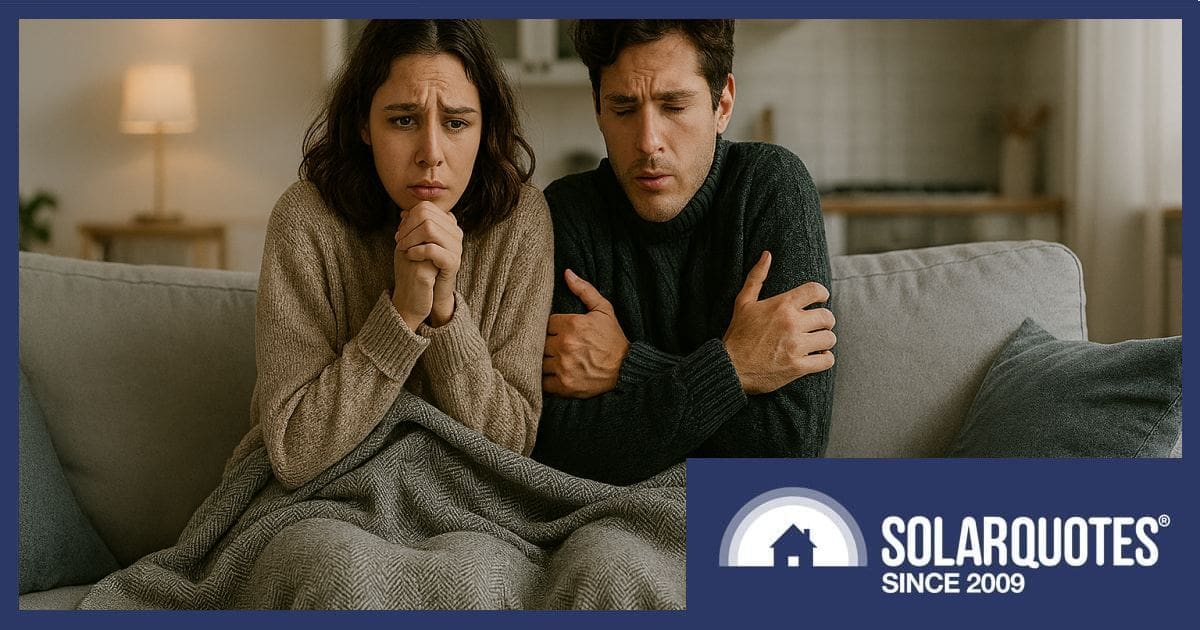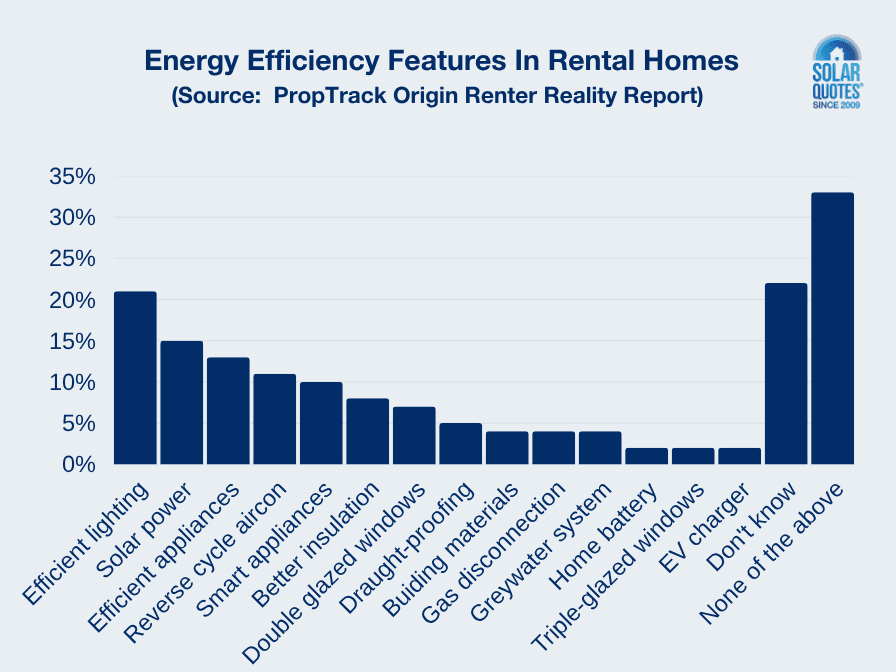

A new report highlights the plight of renters struggling to keep their household bills down, stymied by a lack of control over the energy efficiency of their homes.
More Australians are renting than ever — just under one-third of the population are living in rentals — with renting shifting from a short-to-medium-term proposition for many to a long-term living arrangement. With rents already sky-high, energy bills are often contemplated with great trepidation.
Unlike our embracing of home solar power, the energy efficiency of Australian homes isn’t exactly world-leading. The minimum energy standard for new homes under the Nationwide House Energy Rating Scheme (NatHERS) is 7-stars nowadays, but it has taken quite a few years to get the bar that high and homes built before 20031 have an average rating of 1.5 stars. With some estimates pegging as much as 70% of Australian homes being built before 2003, that’s a lot of houses basically being glorified tents.
According to the Renter Reality Report released by PropTrack and Origin2 this week, more than half of renters believe the biggest roadblock to adopting energy efficient features in their home is a lack of control in relation to what they can do. Among the other main challenges: 27% balked at perceived upfront costs, 11% cited a lack of grants and incentives and 10% had a lack of knowledge.
Where energy-efficiency features were already included in their home, the most common types were:
Around a third said their home has none of the 16 features listed in the related survey question, while another 22% were unsure.


What Can A Renter Do?
The report offers a few suggestions; all pretty basic and oft-repeated stuff.
- Changes to energy consumption habits; e.g. using cold water in washing machines.
- Door-snakes and weather strips help to reduce draughts.
- Creating zones with temporary curtains to heat or cool specific areas being used.
- Window insulating kits
- Cutting ‘vampire power’ (standby power) costs with smart plugs (or switching appliances off at the wall manually).
While options on the renter side of things are limited; 45% have plans to invest in improving their home’s energy efficiency over the next five years. 14% plan to spend $5,000 or less. 10% of renters plan to spend nothing at all and 45% said they didn’t know.
Are More Incentives For Landlords The Answer?
The report states:
“Given renters are mostly dependent on landlords for major energy efficiency upgrades, providing incentives for landlords could not only provide cost savings to renters, but also add value to their properties.”
and:
“Rebates, tax deductions, and targeted grants for features like solar panels, EV chargers, going all-electric, gas disconnection and insulation upgrades can drive meaningful improvements in the quality and efficiency of rental stock.”
There are programs offering incentives to landlords in some states, but they aren’t exactly being snapped up. While according to the report 34% of renters state they are willing to pay extra for a rental property with smart home technology compared to 24% who are not, as SolarQuotes founder Finn Peacock stated back in March:
“Most Australian landlords treat their rental properties as lines on a spreadsheet. They’re focused on one thing: cutting expenses and maximising rental income.”
Finn’s suggestion back then: subsidise portable batteries for renters instead of solar panels for landlords, and giving renters access to the cheap solar energy already flooding Australia’s grid.
Aside from carrots for landlords, there are always sticks — although that can put further upward pressure on rents. The ACT was the first jurisdiction in Australia to introduce a minimum standard, specifically for ceiling insulation. Victoria is introducing minimum standards for insulation and draughtproofing in rentals that come into effect in 2027. The Victorian Energy Upgrades (VEU) program will offer discounts to help landlords with the cost of these upgrades.
The PropTrack Origin Renter Reality Report, based on a survey of more than 4,800 respondents, can be viewed in full here.
Footnotes
- NatHERS was integrated into the Building Code of Australia (BCA) in 2003. ↩
- SolarQuotes is owned by Origin Energy. ↩
